The Test Center's Notebook Product Guide
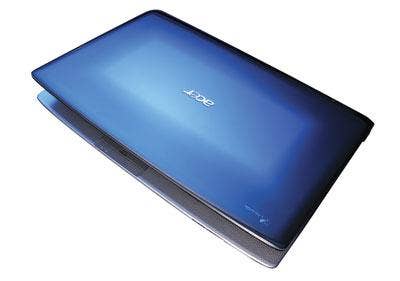
With an eye-popping 18.4-inch LCD, Blu-ray support and a focus on multimedia, this notebook is over the top in its engineering and design. It's not for mobile use, at 9 pounds, but makes a compelling desktop replacement. While the price is in the upper range of notebooks the Test Center has reviewed this year, the balance of engineering, design, multimedia performance and Acer's channel program make it a unit we can recommend. Technical specifications include an Intel Core 2 Duo T9500 running at 2.60GHz, 4 GB of DDR2 667MHz SDRAM and Vista Ultimate. Price: $2,599.

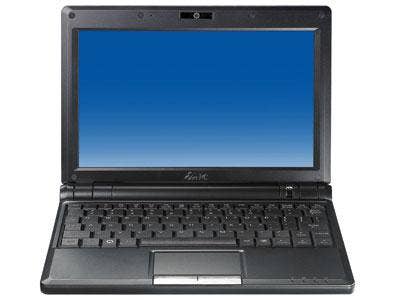
The latest in Asus' headline-grabbing Eee PC line, the 901 provides OS choice (Linux or Windows XP), a lower price and the mobile Internet capability that has defined this new segment of the notebook space. The Eee PC lineup has become so popular that it has led competitors including Acer, Dell and Hewlett-Packard and to jump into the market with competing "netbooks." The price point on this system is aggressive, and out in front with Intel's new, small form factor focused CPU, so it can be viewed as raising the bar in a new, frenzied space. Technical specifications: Intel Atom CPU, 8.9-inch LCD, 2.5 pounds (with battery), longer battery life. Price: $599.

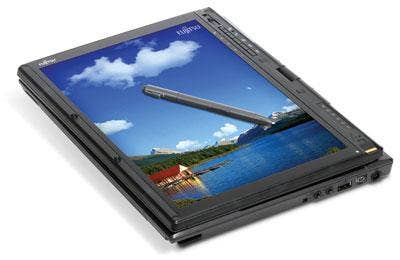
The Fujitsu Lifebook T2010 is a battery life monster, providing more than eight hours of "real world" battery life in a 3.5-pound form factor. It would have received five technical stars if its thermal capabilities were just a tad better. (It ran a little warmer than we would have liked, but not so much that it should be penalized severely.) It's one of the best tablets to come through the Test Center lab so far in 2008. Technical specifications include an Intel Core 2 Duo U7600 at 1.20GHz, 2 GB of memory, Windows Vista and 12.1-inch rotating LCD. Price: $1,679.

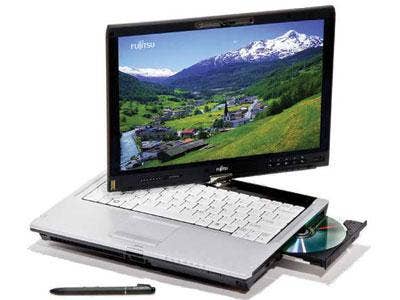
An entry into Fujitsu's lineup based on Intel's Montevina (Centrino 2) CPU, this notebook scores high marks on power efficiency, tablet form factor, LCD quality and features like Web cam and microphone. Together with its sister tablet from Fujitsu, it's one of the better tablet notebook PCs to date in 2008. Technical specifications include an Intel Core 2 Duo P8400 processor at 2.26GHz, 2 GB of RAM, a 13.3-inch screen and Windows Vista, weighing 4 pounds and 13 oz. The Test Center liked the combination of performance, design and Centrino 2-based capabilities. Price: $1,769.

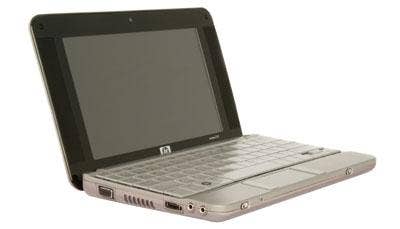
The Mini-Note is a real winner for the K-12 market (where Hewlett-Packard has targeted it) but also for mobile professionals. Two things that caught the Test Center's attention: zippy performance and above-average battery life. This is HP's entry into the "netbook" space; Windows or Linux are pre-loaded—a toe-in-the-water return to the Linux desktop space for the computer giant. Technical specifications include a VIA c7-M ULV 1.2GHz CPU, 894 MB of memory and an 8.9-inch screen, weighing in at 2.63 pounds. Price: $499 to $749.

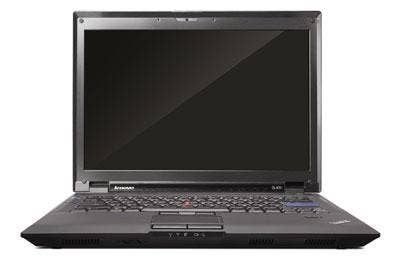
A small-business-focused ThinkPad, this notebook provides core business functionality in a glossy black case and is power-efficient, consuming only 23 watts when plugged in. And it's extremely price-competitive. With an optical drive, Web cam, microphone and speakers, as well as ThinkVantage capabilities, it's not lacking in features, either. For the first SMB-focused ThinkPad in recent memory from Lenovo, it's a strong entry into the space. Technical specifications include an Intel Core 2 Duo P8400 at 2.26GHz, 2GB of RAM and 14.1-inch LCD, and it comes loaded with Windows Vista Business. Price: $639.

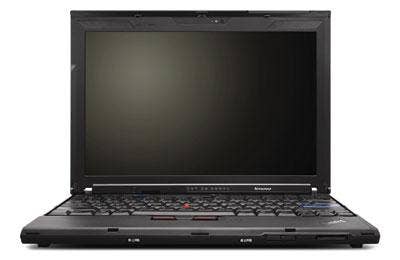
At less than three pounds with a battery life that's among the best we've seen, the X200 takes mobile PCs for business to the next level. In business black and with Web cam, speakers, microphone and decent performance, the X200 lacks an on-board optical drive but provides more than enough value for the price. The design, light form factor and close-to-all-day battery life make it a breeze to carry around. It includes an Intel Core 2 Duo P8600 at 2.4GHz and 2 GB of RAM, Windows Vista Business and a 12.1-inch screen. Price: $1,434.

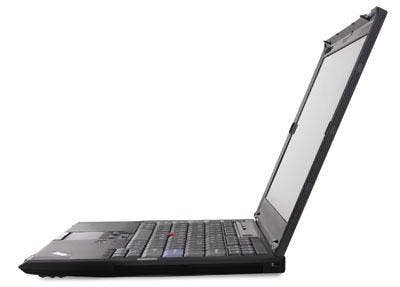
Light (2.93 pounds), thin (less than an inch at its slimmest), cool (runs at room temperature) and business black, the X300 is a clear competitor for notebook of the year. Unlike the MacBook Air from rival Apple, the X300 requires few compromises and includes an on-board optical drive. For Lenovo, the X300 marks a triumph of engineering not seen since before the company bought the ThinkPad lineup from IBM earlier this decade. For business computing, the X300 is a game-changer. Technical specifications include an Intel Core 2 Duo L7100 processor at 1.20GHz, 13.3-inch LCD, 2 GB of RAM and Windows Vista. Price: $1,839.

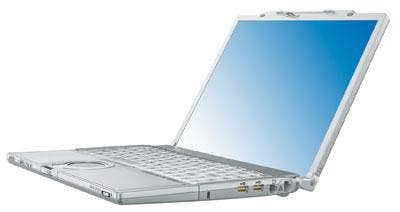
Panasonic's "business rugged" notebook, the Y7 is 3.7 pounds, is spill resistant, can withstand a 3-foot toss and is nicely engineered in a silver, metallic case with a pop-up DVD drive. While not fully ruggedized, the Toughbook Y7 provides a nice balance for executives seeking a sleekly designed notebook that can withstand more than typical jostling when on the road. (Think workers at light construction sites, law enforcement personnel, etc.) What the Test Center has liked, traditionally, with Panasonic's more rugged product line, is the combination of its channel program with unique, standout technology in a growing segment of mobile computing. The Y7 has the benefit of reaching deeper into the commercial marketplace than the traditional ruggedized notebooks have in prior years. Technical specifications include an Intel Core 2 Duo L7500 at 1.60GHz, 1 GB of RAM and Windows Vista. Price: $2,449.

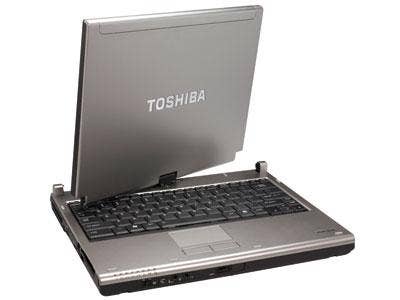
A worthy follow-up to CRN's 2007 notebook of the year, the Portege M700 has a tablet PC swivel and is smoky gray; the Test Center liked its engineering and the tablet style, as well as its potential in verticals like health care and manufacturing.With better-than-average battery life, nice thermals and strong performance, it's a well-designed tablet that the Test Center can, once again, highly recommend from the Toshiba lineup. Technical specifications include an Intel Core 2 Duo T7500 at 2.2GHz, 2 GB of memory (upgradable to a max of 4 GB) and Windows Vista. Price: $1,799.

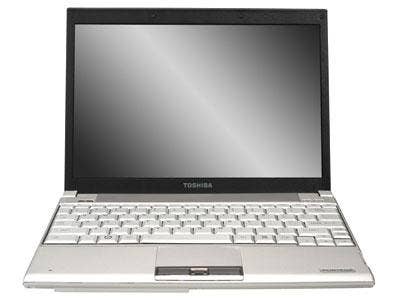
A nice competitor to the MacBook Air, this notebook weighs 2.4 pounds and is thinner than an inch. Its backlit display is brilliant; its 128 GB SSD is also a nice touch. The metallic fit and finish are attractive, and the R500 maintains one of the nicer keyboards we've seen in a small form factor. Quietly, Toshiba has brought an ultra-small notebook lineup to market that has "winner" written all over it—even with a price tag higher than much of the company's product line. Technical specs include an Intel Core 2 Duo U770 at 1.33GHz, 2GB of memory, Windows Vista and better-than-average battery life. Price: $2,999.

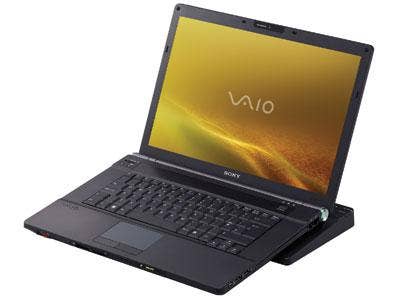
Sony is providing the channel with its first build-to-order rendering of its popular Vaio notebook brand, giving VARs an opportunity with their customers to deploy mobile PCs with only the features and functions required and without having to pay extra for bells and whistles that will go unused. While battery life could have been a little better, the pluses of a popular Vaio brand, customization and aggressive pricing make this a lineup the Test Center can recommend. It's worth noting that, while the Sony VAIO TZ series is currently undergoing a recall due to overheating issues, the Test Center noticed no thermal problems with the BZ Series unit we examined. Quite the contrary: Our unit performed well from a thermal point of view. Technical specifications in one of the systems we examined included an Intel Core 2 Duo T9400 and Windows Vista Business. Price: approximately $1,000.
